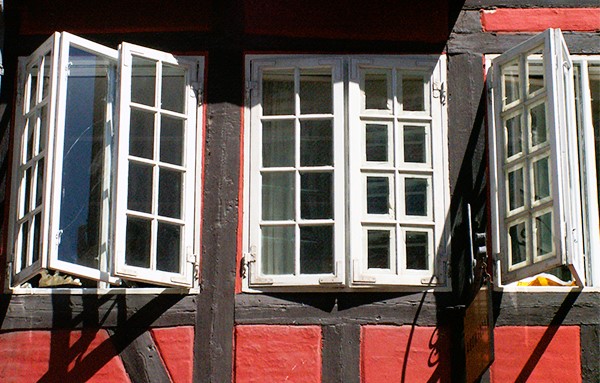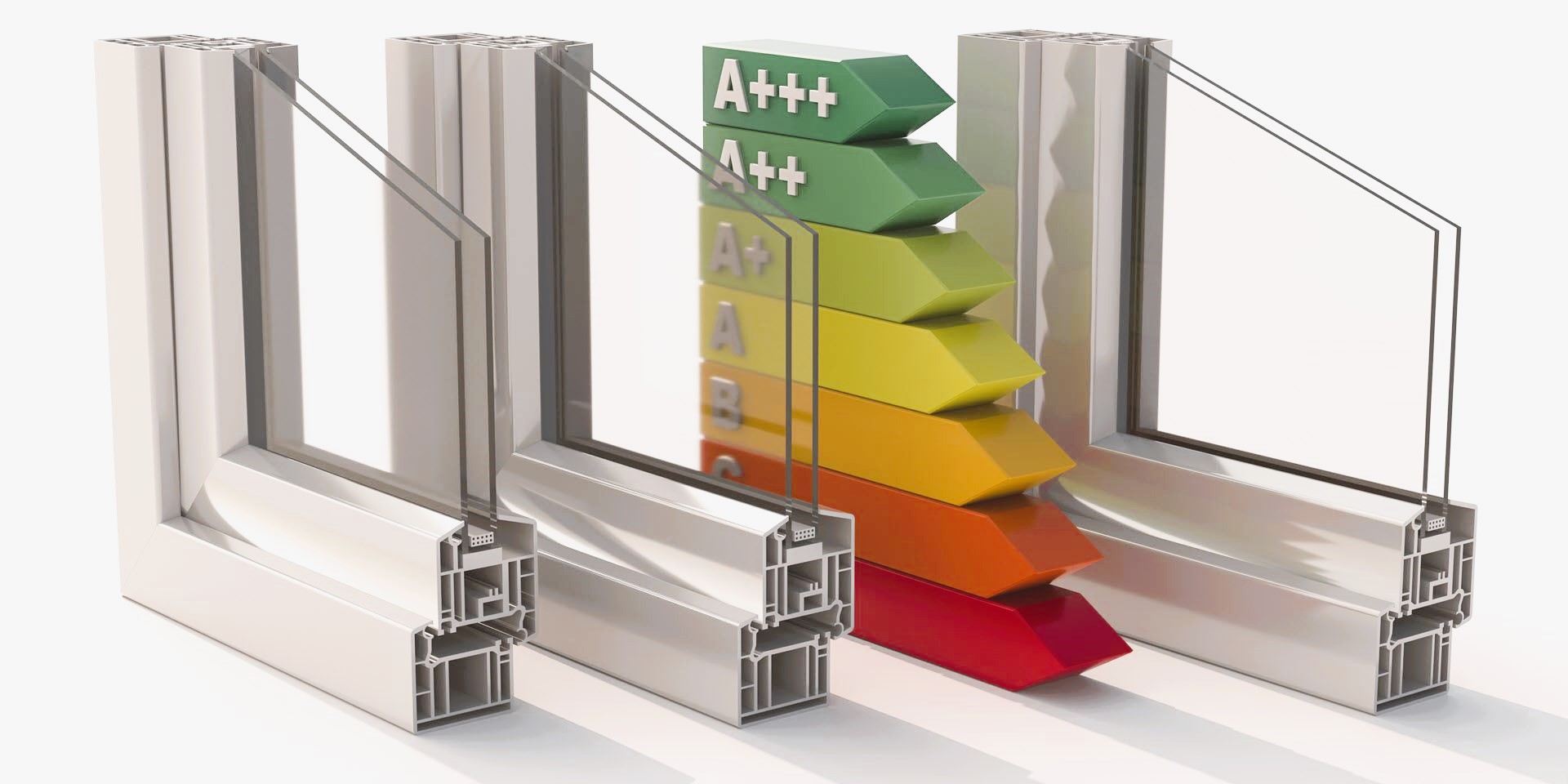Windows are an integral part of our homes and buildings, allowing natural light to flood our living spaces and providing a connection to the outside world. They have a rich history that spans thousands of years, evolving from small openings in walls to technologically advanced, energy-efficient systems. In this article, we will delve into the fascinating history of windows, exploring their evolution, cultural significance, and the transition to energy-efficient designs that enhance our modern lives.
The Early Origins of Windows
The history of windows can be traced back to ancient civilizations where the concept of an opening in a wall was born out of necessity. The earliest windows were simple openings in walls that served a practical purpose:
1. Primitive Holes: In the earliest human dwellings, holes or gaps were left in walls to allow light and air in while keeping the elements out.
2. Stone Lattices: In ancient Mesopotamia, stone lattices were used to allow ventilation and light in homes while providing some level of security.
3. Animal Bladders: In ancient Egypt, animal bladders were stretched over openings, allowing diffused light to enter while maintaining privacy.
4. Paper and Oiled Parchment: In China, paper and oiled parchment were used to create translucent windows.
The Influence of Roman Architecture

The Romans played a significant role in the development of windows and architectural design. They introduced several innovations, including:
1. Glass Panes: The Romans were the first to use glass as a window covering, albeit in small, decorative panes.
2. Architectural Design: Roman architecture introduced concepts like the arch and the use of glass to enclose spaces, marking a significant departure from the open-air designs of previous eras.
Medieval and Gothic Window Design
During the medieval period, windows began to take on greater importance in architecture. This era gave rise to the development of stunning stained glass windows, which played a significant role in the design of cathedrals and churches. These windows were not only decorative but also served a spiritual and educational purpose, as they often depicted biblical scenes and stories.
The Gothic architecture of the Middle Ages introduced large, pointed arch windows, which allowed for more substantial openings and more complex tracery designs. This era marked a shift from small, practical windows to more elaborate and decorative ones. Read our article about the Science of Soundproofing: Quieter Homes with the Right Windows.
The Renaissance and the Age of Enlightenment
The Renaissance and the subsequent Age of Enlightenment brought about advancements in glassmaking and window design. During this time, windows became more refined, with a focus on symmetry and proportion. The use of mullions, transoms, and leaded glass became popular in residential and commercial buildings.
The Modern Era of Windows
The 19th and 20th centuries witnessed significant developments in window technology and design:
1. Double-Hung Windows: The double-hung window, with two operable sashes that slide vertically, became a staple in many homes during the 19th century.
2. Casement Windows: Casement windows, hinged at the sides and operated with a crank, offered improved ventilation and became prevalent in the early 20th century.
3. Energy Efficiency: With the growing awareness of energy conservation and environmental concerns, window technology evolved to focus on energy efficiency. Double glazing, low-E glass, and improved framing materials became standard features in modern windows.
Energy-Efficient Windows in the 21st Century

In the 21st century, the focus on energy efficiency and sustainability has driven innovations in window design:
1. Triple Glazing: Triple-glazed windows provide even better insulation by adding an additional layer of glass and gas-filled spaces between the panes.
2. Low-E Coatings: Low-emissivity (Low-E) coatings on window glass reduce heat loss and gain, improving overall energy efficiency.
3. Smart Windows: Some modern windows come equipped with smart technology, allowing for automated control of blinds or shades to optimize natural lighting and reduce energy consumption.
4. Passive Solar Design: Windows are strategically positioned to maximize natural heating and cooling, reducing the reliance on artificial heating and cooling systems.
The Cultural Significance of Windows
Throughout history, windows have held cultural and symbolic significance. They have been associated with ideas of transparency, illumination, and spiritual awakening. Stained glass windows in churches have told religious stories, and the shape and style of windows have been used to represent various architectural movements and artistic periods.
Looking to the Future
The history of windows is a testament to the human desire for light, beauty, and practicality. As we move forward, the focus on energy efficiency, sustainability, and smart technology will continue to shape the evolution of windows. The design of windows will remain a critical element in architectural and interior design, offering us a connection to the outside world while providing comfort, security, and energy efficiency.
For more in-depth information on the history of windows and modern window technology, you can visit Canada.ca website. These resources offer insights into the cultural significance of windows and the latest advancements in energy-efficient window design.


